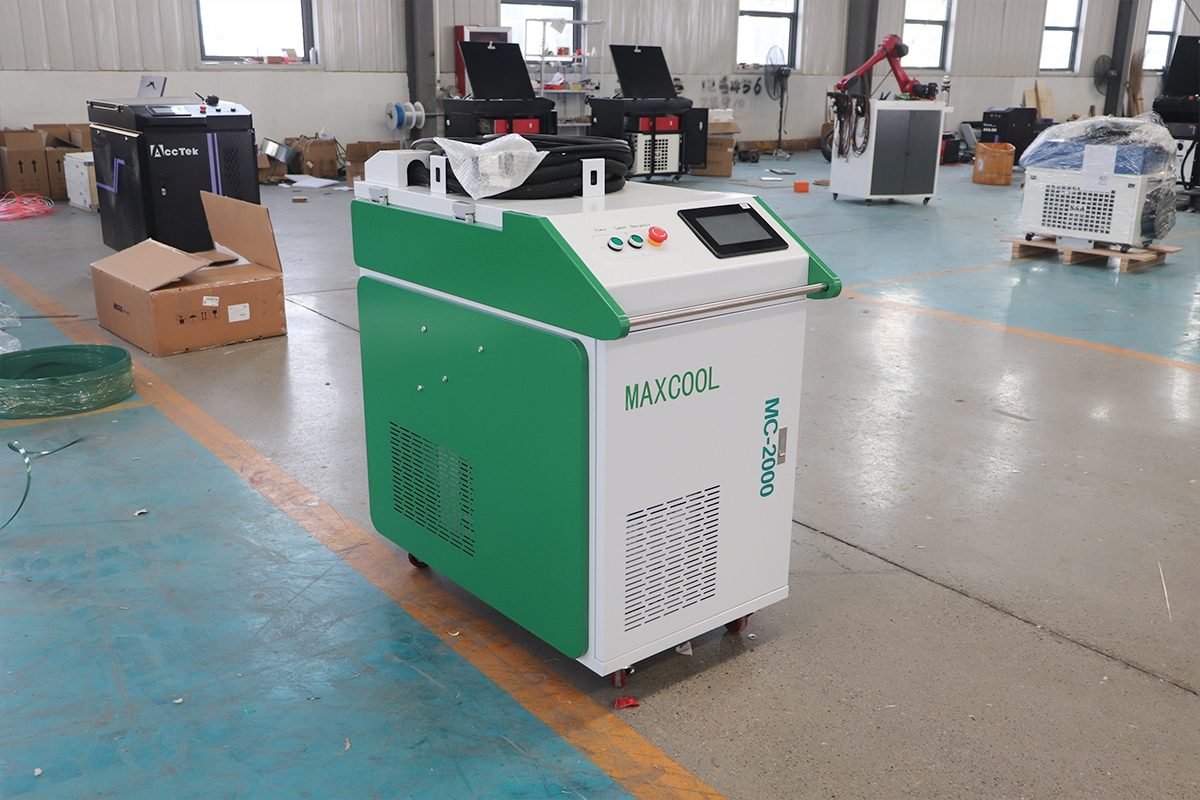To improve the quality of continuous laser cleaning, one of the most critical steps is fine-tuning the laser parameters. These directly influence how effectively the laser removes contaminants and how safely it interacts with the base material. The three most important parameters to control are laser power, beam spot size, and scanning speed. Each of these settings affects cleaning quality, speed, and the risk of surface damage.
Laser Power
Laser power determines the total amount of energy delivered per second. Higher power levels are effective for removing thick layers of rust, scale, or paint in a single pass, making them ideal for heavy-duty cleaning. However, too much power can lead to overheating, substrate melting, or discoloration, especially on sensitive materials like aluminum or thin metal sheets. On the other hand, using too little power may result in incomplete cleaning and reduced productivity. The key is to match power output with the contaminant's type and thickness while considering the substrate's heat tolerance. Power typically ranges between 1 and 6 kW in industrial setups, and testing is often required to find the ideal point.
Beam Spot Size
The beam spot size affects how concentrated the laser energy is on the surface. A smaller spot size increases energy density (power per unit area), which enhances the ability to remove tightly bonded or resistant contaminants. It’s well-suited for detailed work or surfaces with complex geometries. However, smaller spots mean slower coverage and may require multiple passes for larger areas. Larger spot sizes, by contrast, allow faster cleaning over broader surfaces but reduce energy intensity, which may be insufficient for tough deposits. Adjustable optics or interchangeable lenses are often used to modify spot size depending on the application.
Scanning Speed
Scanning speed is the rate at which the laser beam moves across the surface, usually measured in mm/s or m/min. It controls how long the laser energy interacts with each point on the material. Slower speeds increase exposure time, boosting cleaning effectiveness but also raising the risk of heat accumulation and substrate damage. Faster speeds reduce thermal stress and are better for heat-sensitive materials, but they may leave behind residues if the laser energy isn’t sufficient. Effective scanning speed must be balanced with power and spot size—for example, a higher power laser may need to move faster to avoid overheating.
The interaction between these three parameters—power, spot size, and speed—is dynamic. Increasing one often requires adjusting the others to maintain quality and avoid unintended effects. Dialing in the correct combination requires understanding the material properties, contaminant characteristics, and desired surface finish. In high-quality continuous laser cleaning, precision in parameter selection isn’t optional—it’s essential.

Comments on “Understand the Laser Cleaning Machine Parameters”